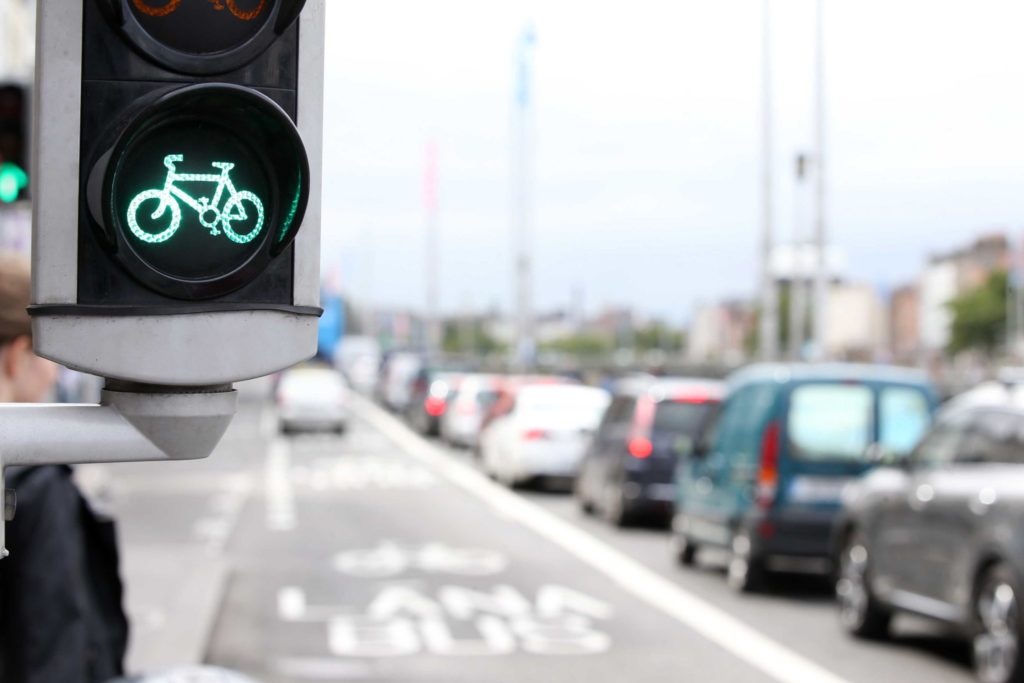Benefits of active travel schemes have more positive effects than people expect, new research shows.
The study by the ESRI’s Behavioural Research Unit reviewed international evidence on the effects of infrastructure changes designed to promote cycling and walking, including the impact on communities and public opinion.
Examples of active travel include walking, wheeling, cycling and using a non-motorised scooter as part of a purposeful journey.
The research, commissioned by the National Transport Authority (NTA) and Fingal County Council, found strong international evidence that improving active travel facilities boosts rates of cycling and walking.
Knock-on effects on local food and retail businesses tend to be positive or neutral, while such schemes can also reduce traffic congestion.
The review also points to multiple psychological biases that may hinder support, including 'status quo bias' - the preference for things to remain the same even if change is beneficial - and messenger effects such as evaluations of information based on who it comes from rather than what it contains.
Deputy Chair of the Galway Cycling Campaign Martina Callanan told Newstalk Breakfast there are benefits for everyone.
"It's absolutely terrific to have this Irish research that shows that safer, healthier streets result in multiple health, social and economic good - and there's nothing to be feared from ditching the status quo of the 20th century," she said.
"When we talk about active travel infrastructure we're talking essentially about making it easier, safer and nicer for people to walk, cycle and to wheel - particularly in urban areas.
"This particular study looked more at cycling facilities just because there is greater international research on it".
 Bike traffic lights and bus and cycle lanes on The Quays in Dublin. Image: Sam Boal/Rollingnews.ie
Bike traffic lights and bus and cycle lanes on The Quays in Dublin. Image: Sam Boal/Rollingnews.ieMs Callanan said better resources could include protected cycle lanes and good bike parking.
"We're looking at things like the connectivity of the network; so how easy is it for you to go from your house to a quiet road, a safe route to school or a cycle lane," she said.
"The research shows that the perception of safety, by which we mean the availability of cycle lanes and the fear of traffic and near-misses these are the things that keep people in their cars."
Ms Callanan said negative perceptions around cycling infrastructure don't hold up.
"It looked at things like public responses to consultations around cycle lanes and cycle facilities - [this] idea of bikelash - where a negative of cycling infrastructure can be related to general negative opinion of people on bikes," she said.
"There's also well documented perceptions from business owners that car parking equals retail turnover, but actually the research doesn't bear that out."
The review further highlights design features of active travel schemes that maximise their benefits.
Dedicated infrastructure that allows cyclists to complete full journeys while feeling safe increases cycling, particularly among women and older people who are otherwise less likely to cycle, the ESRI said.









